Chemistry
Sign up for our newsletter
We summarize the week's scientific breakthroughs every Thursday.
-
 Climate
ClimateCarbon dating may soon lead to mismatches
Carbon released from burning fossil fuels will jeopardize the effectiveness of many carbon dating applications, new research predicts.
-
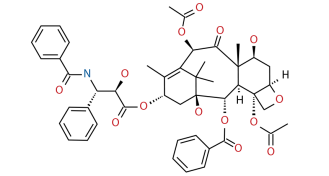 Chemistry
ChemistryBiology may provide just the right chemistry for new drugs
Using enzymes and microbes to make new drugs may help revive the pharmaceutical industry.
By Beth Mole -
 Chemistry
ChemistryMissing enzyme to blame for scentless roses
The unusual enzyme behind roses’ sweet smell may help researchers revive the flower’s potent aroma.
By Beth Mole -
 Environment
EnvironmentMystery toxins in tainted New Zealand honey nabbed
Sweet and stealthy toxins have been caught sticky-handed, potentially solving a decades-long mystery of tainted honey in New Zealand.
By Beth Mole -
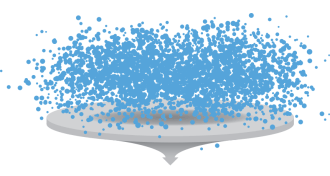 Chemistry
ChemistryQuantum chemistry may be a shortcut to life-changing compounds
Quantum chemistry could launch a manufacturing revolution, helping to identify materials for improved solar cells, better batteries or more effective medicines.
-
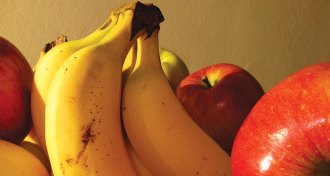 Plants
PlantsFifty years ago, ethylene research ripened
In 1965, scientists realized ethylene was the molecule that ripens fruit.
-
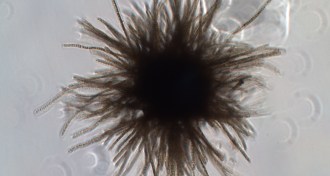 Oceans
OceansMysterious form of phosphorus explained
Mysterious form of phosphorus may be used as shadow currency by marine microbes, potentially upending scientists’ understanding of nutrient exchanges.
By Beth Mole -
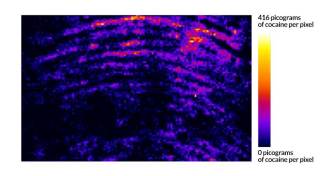 Chemistry
ChemistryFingerprints give away more than identity
Scientists can now detect and measure the amount of illegal drugs, such as cocaine and heroin, on a lone fingerprint.
By Beth Mole -
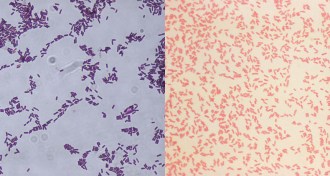 Chemistry
ChemistryBacteria staining method has long been misexplained
New research upends what scientists know about a classic lab technique, called gram staining, used for more than a century to characterized and classify bacteria.
By Beth Mole -
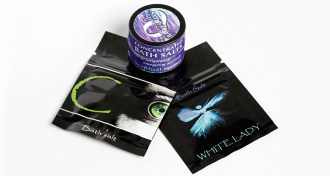 Chemistry
ChemistryDesigner drugs hit dangerous lows to bring new highs
A surge in designer drugs, which emulate the highs of classic illicit substances with unpredictable effects, is keeping law enforcement busy.
-
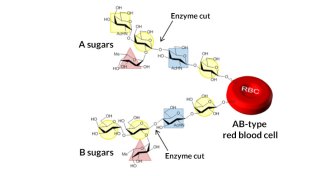 Chemistry
ChemistrySugar-cleaving molecule raises hope for universal blood
An engineered enzyme can quickly slice and dice some A and B markers from blood cells, bringing researchers closer to creating universal blood.
By Beth Mole -
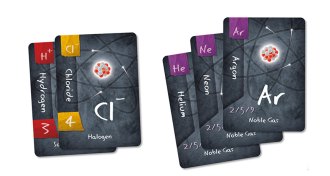 Chemistry
ChemistryA chemistry card game forges bonds
A new card game lets players brush up on chemistry by making compounds out of ions. Form some bonds and have fun in the process.